 |
相關閱讀 |
顏長江:這里的人有古風 這里的景有古意 ll 鄉村騎士
 |
>>> 小城故事吳儂軟語溫婉人心的力量 >>> | 簡體 傳統 |
為觀看與思想、生活與洞見構建通道
在全球化的今天,在消費主義的天下,老黃看似柔和的影像,在劍拔弩張的我這眼里,就是他媽的一記猛錘。它分明地宣告著:我們、這里、此時,還有一種另一種生活!資格老得多的生活!你爺爺你奶奶的生活!與土地與河流與山風天雨融合的生活,是更自然更人性的生活。
——顏長江
現實所呈現出來的東西比現實本身更吸引他,因此他能在一個表面上無趣的場景里看到拍攝有趣照片的機會。
——克勞迪·斯魯本
大地之客
顏長江
蘇家圍是廣東東江河谷的一片風景。它由以下部分組成:一條寬闊、緩慢、飽滿的江水;一排連綿起伏左右伸展的柔和山巒;一襲沿江、沿溪挺拔的竹林。然后,在竹林邊,有一個破落的小村子,止二三十間老房而已。這村子就是蘇家圍子。
每一樣都有些特色,而每一樣又不做到絕對。寬闊的,并不至于浩渺;柔和的,也還算不上嫵媚。然后看那圍子,還不如五里開外另一個有角樓、高墻的大壘。但它也能勉強提供一點人文:據說住的是蘇東坡的后人。
然而這些平凡的組合,吸引了四方的客人。我也去過幾次,也搞不懂自己為何前來,我畢竟見過太多極端的風物。現在一想,平凡的事物,只要各個因素略有可觀,在這大地上自由結合、舒展,就是一幅好的風景,就如鄉間的生活本身。蘇家圍,正如蘇東坡,面孔、身材,不算上品,然而終以氣質而勝――

圖1 東源上莞 廣東 2005

圖2 連平內莞 廣東 2008

圖3 連平忠信 廣東 2008

圖4 東源蘇家圍 廣東 2006
2006年4月30日,愛來蘇家圍的黃玉逵就在蘇家圍的破屋中,展示了他《初春的河源鄉村之旅》影像,陰暗、潮濕,他似無所謂。我想他這是為了回報鄉親。我當時就覺得他與周圍的風景有幾分相似,這一種氣質就是――
澹澹然。
或者簡寫的,淡淡然,雍容而平和、平淡的樣子。
這好像不是“時代的風貌”,但卻依舊屬于他們――屬于蘇家圍四散開去那廣闊的客家山地,和數千萬中國漢族優秀的一支――客家人。人如其族,亦如其地,黃先生和這片大地和四周鄉里就這么自然,澹然。
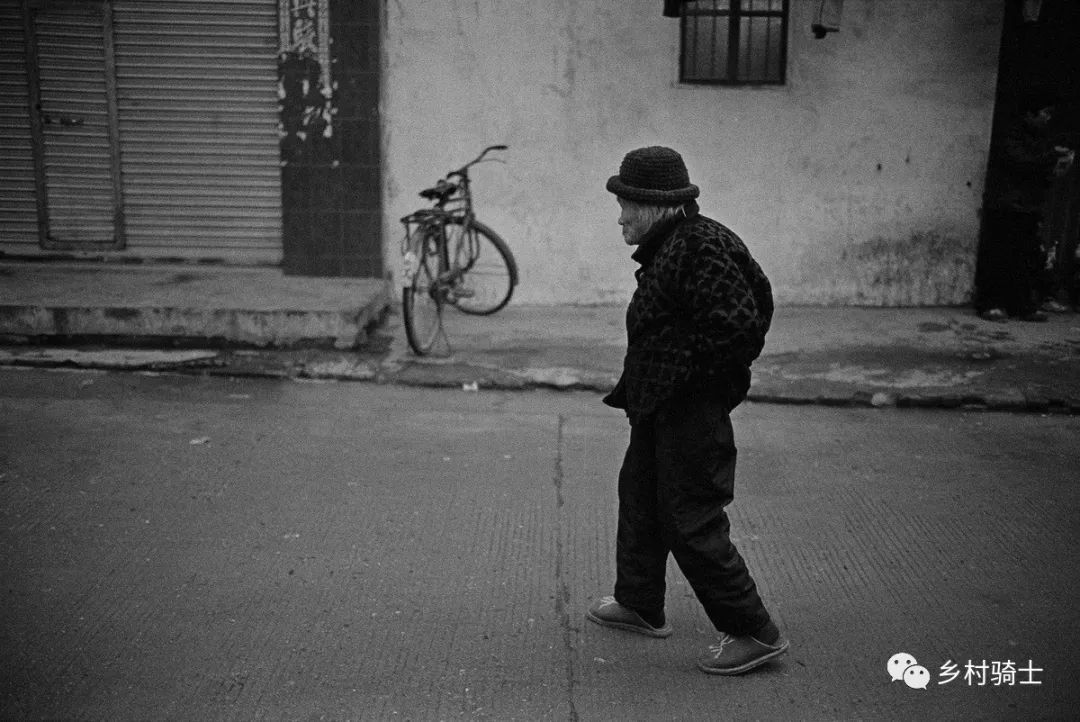
圖5 連平忠信 廣東 2007

圖6 龍南楊村 江西 2006

圖7 東源錫場 廣東 2008

圖8 東源蘇家圍 廣東 2006

圖9 紹興安昌 浙江 2009
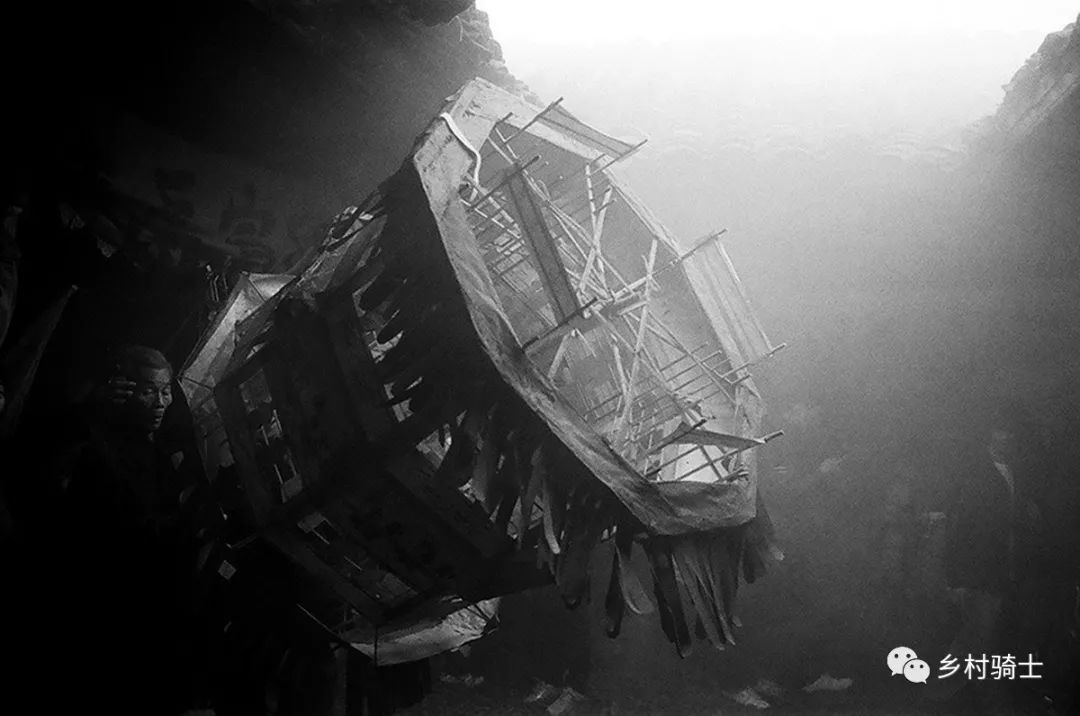
圖10 東源上莞 廣東 2009
其實我也是客家人,父籍廣東梅縣。但因在湖北生長,早已是楚地那種劍拔弩張的血性子。當然我熟悉客家,不夸張地說,在我見過的客家人中,無一位不平和。即便梅州或城里的人們,也有地處僻鄉才有的憨直敦厚;而客家山村里的農夫,也不乏儒雅的書卷氣味。這里的人有古風,這里的景有古意。
印象特別深的是,當年我讀書讀得人都迂腐如范進,在他處總有人笑話,而在梅州,人人卻對我別有敬重。大家尊重讀書人,而他們本身,無論士工農商,也比其他地方的人要穩重甚或遲緩,就像蘇家圍那濕潤的河,和靜默的山巒。他們總是在平常之中,溫暖人心。

圖11 內蒙古 2008

圖12 東源康禾 2006
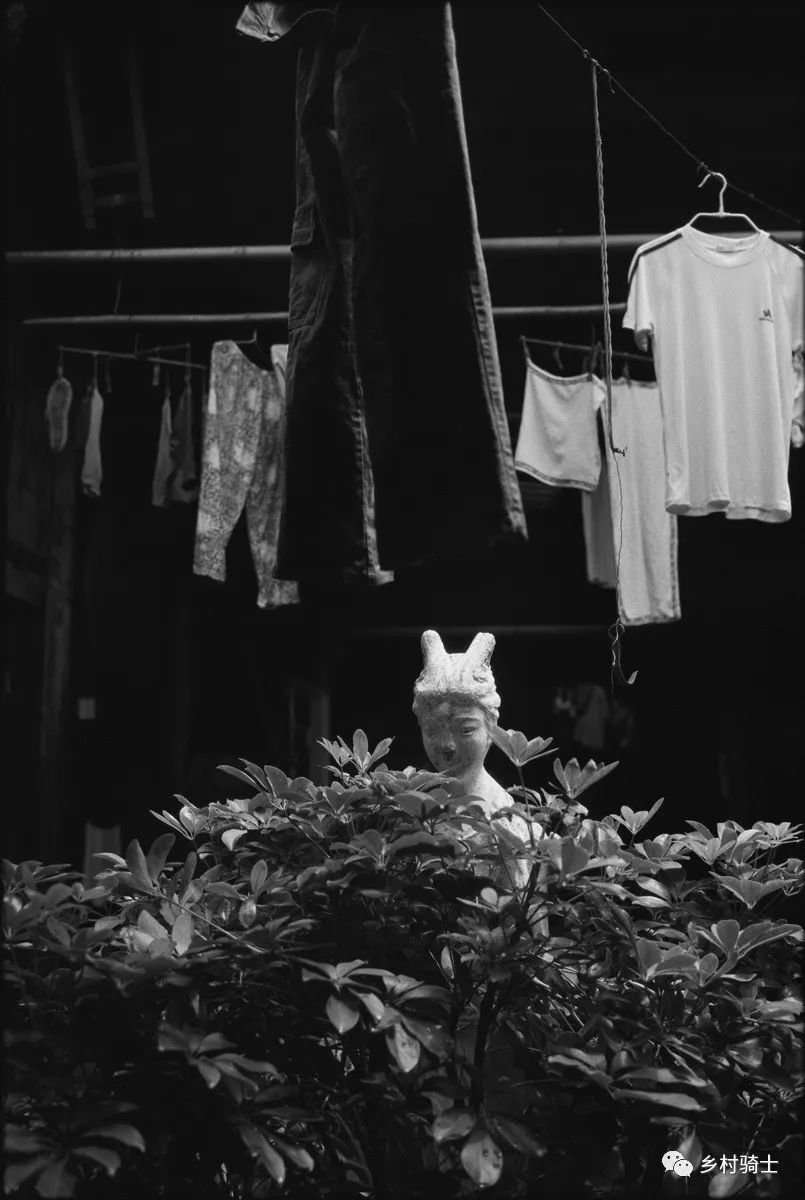
圖13 贛州 江西 2007
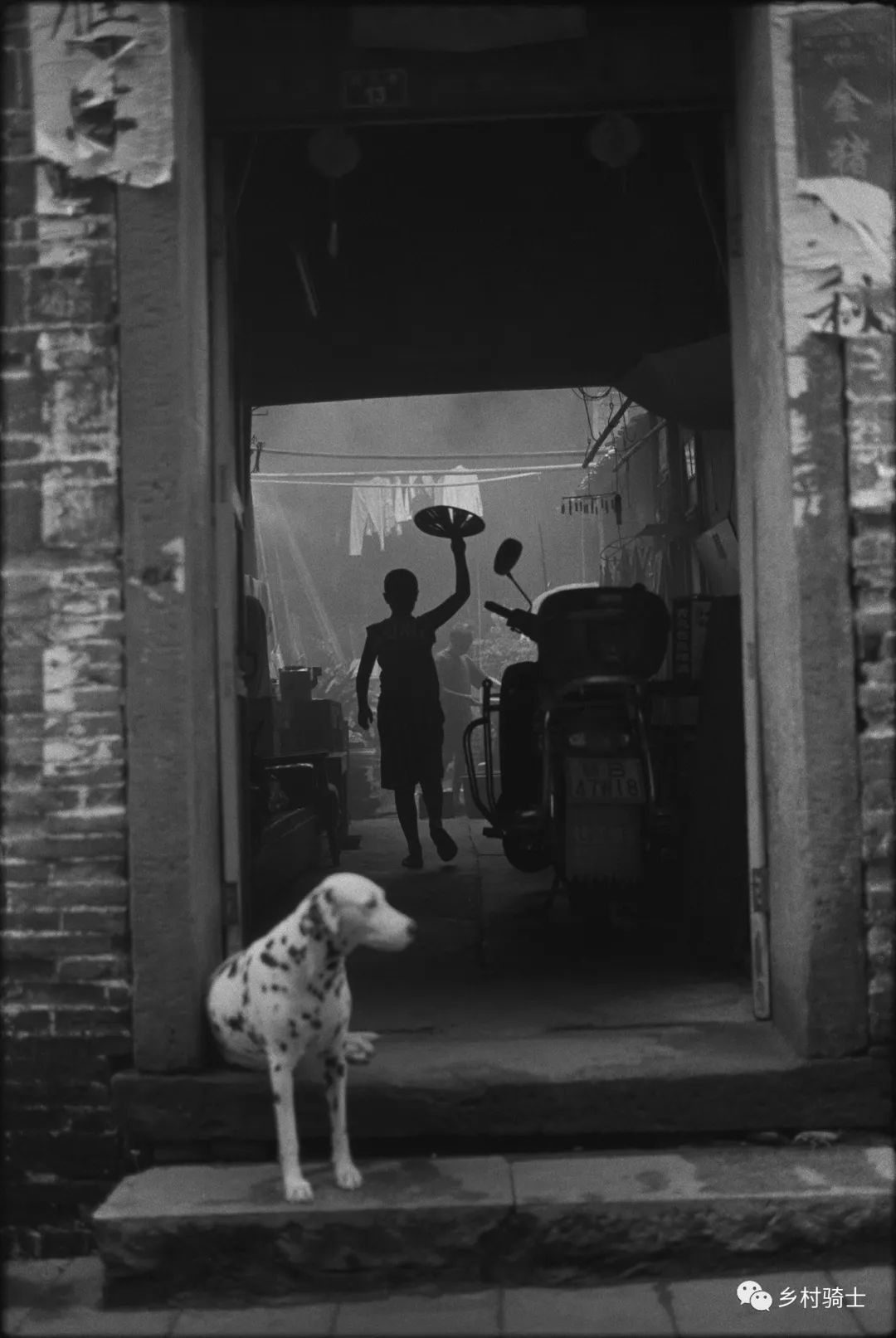
圖14 贛州 江西 2007

圖15 紫金 廣東 2008

圖16 連平元善 廣東 2005

圖17 河源 廣東 2005
黃玉逵先生即如是。我初識他是1997年,他前來參加我們突發奇想辦出來的“羊城晚報廣東新聞版攝影頒獎會”。那天晚上,我和王寧德、羅煥靈等幾位去沙漠吧,他也來了。大家似乎都喝多了幾杯。我們敲著破鼓、酒杯聲嘶力竭唱搖滾,標準的憤青,而老黃被調動情緒之后,也只是像天真的孩子一樣,揮著雙手“嗬嗬”地叫,一副陽光般快樂的笑臉,至今還在我腦海中晃動。當時,他都四十多歲的人了。平和的人到了一種極致,也莫過于斯。
往往是這種沒“站在時代前列”(前列也是前線)的人,與乖戾驕縱的“時代氣息”絕緣。他貴為一家地市報的總編、社長,也曾遨游西歐數國,也曾和克勞迪.斯魯本等西方攝影名師交游,但他一直平靜為人。這兩年連州攝影大展,到處可見飛揚跋扈的攝影家、策展人或評論者,但他約見我們,都是主動來到我們下榻的地方,溫和謙遜。江湖風雨之中,他真讓我有如坐春風之嘆。這才是人之為人,與智識相伴的乃是一種德行。順便一說,我還有一位小兄弟,現在攝影界稱之為“丘”的,也是來自平遠縣的客家人。他畢竟是新一代,也比老黃走得更遠,到了廣州前線居住,所以其影像也顯示出復雜與激烈的內心。然而其人,竟也狀若輕風,人瘦,聲弱,都淡細若飄。老黃如樹,小丘若竹,然而都澹澹然。此可見客家文化,化人無聲也。

圖18 紫金臨江 廣東 2005

圖19 河源埔前 廣東 2008

圖20 河源老城 廣東 2006
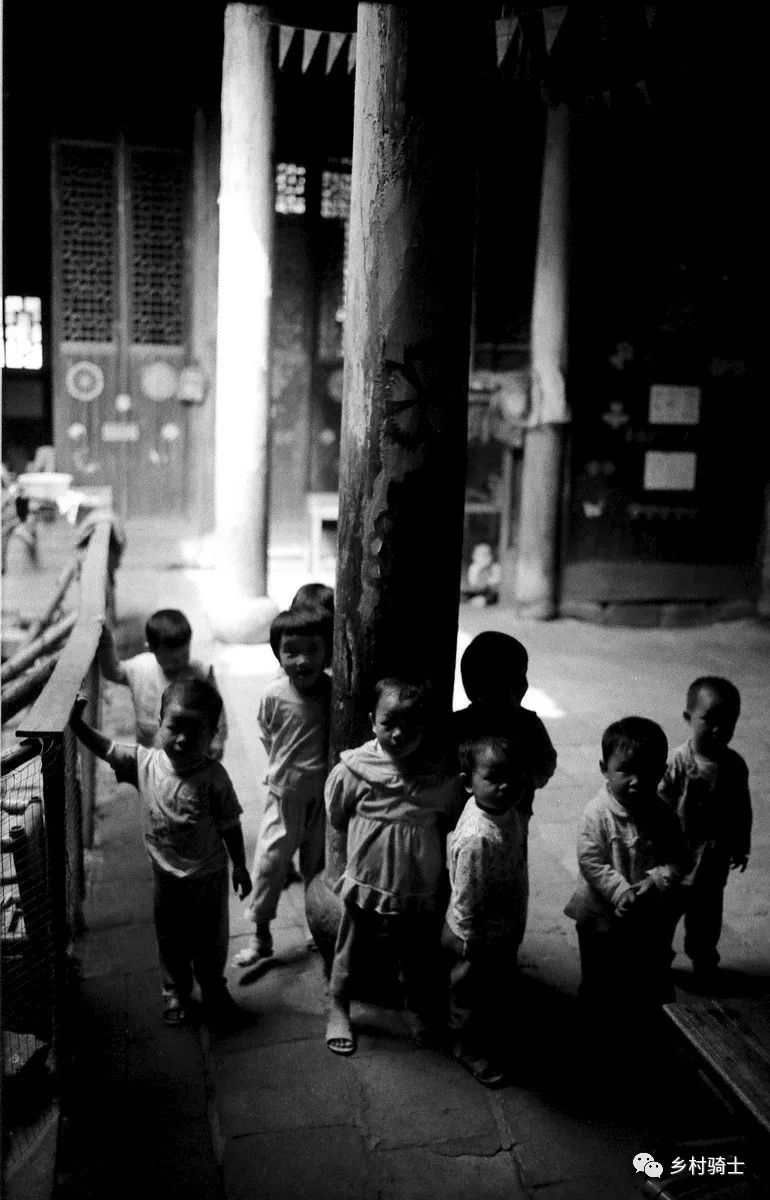
圖21 贛縣白鷺 江西 2008
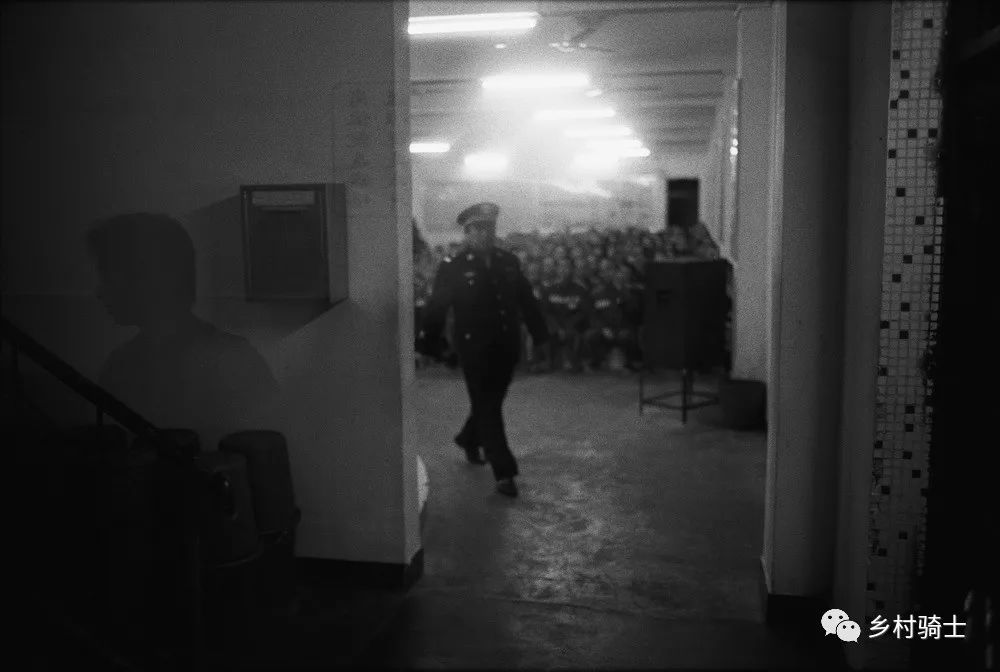
圖22 連平 廣東 2005

圖23 河南 許昌-鄲城小火車 2009

圖24河南 許昌-鄲城小火車 2009

圖25河南 許昌-鄲城小火車 2009
河之溯源——客家人是從魏晉開始南下,以士族身份以啟山林,千百年來,在南方稻作,但仍繼儒圣之絕學,而開一方之太平。說到魏晉,想起一個詞:風度。客家人這種儒風與土地結合出的,也是一種風度。對于土地和世界,他們似乎永遠保持著客人的身份,充滿謙遜與敬畏。大地的客人――就是老黃的拍攝對象,是他與對象共有的身份,是他影像的氣質之源,是他擁有的正確的攝影姿態――這種姿態,在莫名猖狂的中國攝影界是不多見的。多數人的功利掠奪,已使得我們在人民面前轟然倒地,失去了藝術教化的優越性,道德水準已在社會平均線之下。
說人,說地,還說了祖宗。說了這么多,關于作品還用多說嗎?我向來以為,中國的攝影評論過于書面推演,而忽略攝影家的生活本身。最好的評論家應與其對象面對甚或共同工作、生活一段時間,知其人便知其文。寫到這里,關于老黃的影像,也容易作評了:其攝影視角,既不俯看,亦不仰視;其攝影動力,源自喜愛,發為關切;其于對象,可入其中,若出其里;其作品氣質,明凈自然,一如其人。

圖26 東源上莞 廣東 2005

圖27 東源上莞 廣東 2006
其方法源流,亦不過同于近十多年來,中國紀實攝影界向西方借鑒而用。而老黃已基本做到了渾然而成,無跡可尋,自然而然。這里就不僅僅是個技術問題了。境界一出,水到渠成,方法就得心應手了。他的作品分寬幅和標準135兩種,前者多平遠明凈之像,可能受了客家氣質和中國畫論以至德國哲思的影響,本身也反映出對中國田園詩意的尊重,我是最喜歡的;而另一類則不無空濛蒼茫,不僅反映對象,亦試圖抒發內心,比如那曠地里的黑馬,那局部迷亂的路樹,我想一定有斯魯本等西方攝影家的一些影響,也在第一類的基礎上,顯出一種更為寬闊幽遠的可能性。
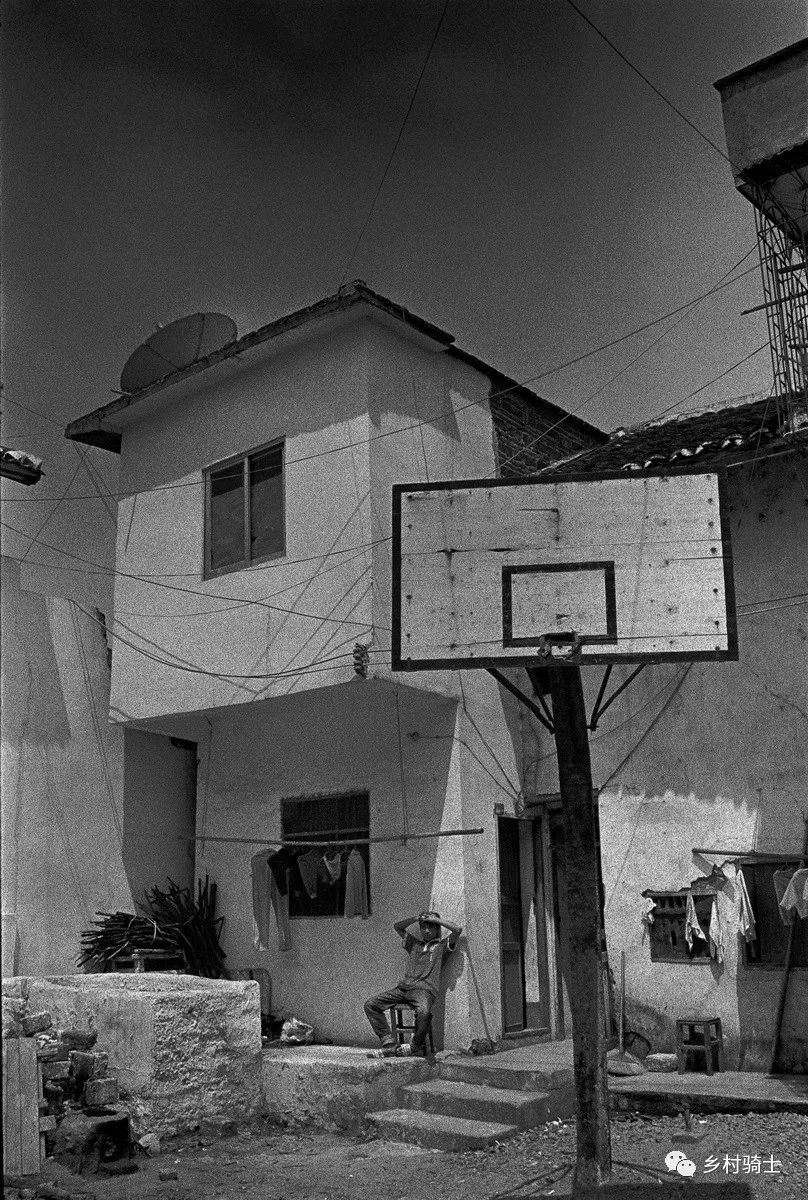
圖28 和平彭寨 廣東 2008

圖29 紫金臨江 廣東 2006
這兩種構成了關于鄉村的豐富圖景。其攝影的社會學評價是,在一種我們公認的表達水準(影像成熟,可成系列,比較全面)上,他填補了當代中國南方經典鄉村生活的影像空白,而這是中國近一個千年的文化主源。也許我有些孤陋寡聞,我知道的,只有張祖道先生的《江村紀事》,那是幾十年前,且偏于江南;晉永權的《儺》是借民俗以追文化,其意不在于生活之全面,其力迫本質則可供老黃借鑒。其他恕不再提。這樣一搜羅,我想,中國紀實攝影的視野是偏狹的、失衡的。而老黃猶如一個心無旁騖的孤獨的行者,就這樣在一個“僻鄉”默默撿拾著自己的日常生活,如陸元敏、安哥諸人,是為正途。這大地的客人,即是生活與歷史的主人。

圖30 和平林寨 廣東 2008

圖31 許昌縣五女店鎮 河南 2009
說來說去,求真與審美,最后與最初都歸于一種善的情懷。在全球化的今天,在消費主義的天下,老黃看似柔和的影像,在劍拔弩張的我這眼里,就是他媽的一記猛錘。它分明地宣告著:我們、這里、此時,還有一種另一種生活!資格老得多的生活!你爺爺你奶奶的生活!與土地與河流與山風天雨融合的生活,是更自然更人性的生活。這種生活眨著古老的眼睛警告這個墮落世代:實迷途其未遠,覺今是而昨非,既自以心為形役,不如歸去來兮!更重要的是,歸去的不只是鄉村田園,那背后有古典文化的巨大魅影,如其幸而不滅,則又是未來救世之源。同所有的古典價值體系一樣,它告訴你們:人其實可以詩意棲居于大地之上,同時擁有平靜與尊嚴。斯為幸福!
蘇家圍,去河源東北三十里,在廣梅高速路邊。找到黃玉逵,吃飯不要錢。
本文為作者2008年8月6日為《大地之客》
畫冊所作的序言
顏長江,知名攝影家、攝影批評家、策展人
供職于羊城晚報
圖片選自《大地之客》
《大地之客》(中英文版)于2009年8月
由嶺南美術出版社出版
The Guests of theLand
Su Ka Wei is asight near the valley of Dongjiang River in Guangdong province. It is composed of thefollowing parts: a wide slow and abundant flow, a wavelike spreading gentlechain of mountains; and a tall and straight bamboo grove. By the bamboo grove,there lies a dilapidated village, which consists of only about 20 or 30 oldhouses. This village is called Su Ka Wei.
Each part ischaracteristic, and each part is different. The flow is wide, but not distant. Thechain of mountains is gentle, but not enchanting. When you see Su Ka Wei, you’llfind it is not so nice as the big base with turrets and high walls just 5 milesfar from here. However, there is a little human culture in it: it is said thatthere live the posterity of Su Dongpo.
Many visitors fromall over the province are attracted by the common combination. I have been herefor several times, but I don’t know why I came. After all, I’ve seen too manyextreme sights. Now I think, the common thing is also a beautiful picture onlyif all of its factors are worth seeing in some way, and are combining freely andspreading freely, which is like thecountry life itself. Su Ka Wei takes after Su Dongpo. His face and stature arenot the best, but he is famous for his temperament.
April the 30th2006, Huang Yukui, who had visited Su Ka Wei many many times, put on anexhibition of his pictures, named The Early Spring Travel to Heyuan Villages. Itwas cloudy and wet that day, but Huang paid no attention. I thought theexhibition was a way he redounded upon the Su Ka Wei villagers.
At the moment, Ifelt he’s just like the sights around him, and this is a kind of temperament:simple, natural and graceful, not seeking fame or wealth.
It seemed that suchan temperament was not the style and features in modern times, but it belongedto them------belonged to the Hakka mountainous region and Hakka people. Mr. Huang,the region, and people who live there are so natural and simple.
As a matter offact, I’m Hakka people, too. My father was born in Meixian, Guangdongprovince. But I grew up in Hubeiprovince, I became a man of impulse and a furious temper. I’m familiar withHakka people. I’ve never seen a Hakka person who is not simplehearted.. Even inMeizhou, the Hakka people are honest and sincere as them who live in remote andlonely mountainous regions. And the Hakka villagers are also cultured. Thepeople here keep their old customs, and the sights here have charm of antiquetaste. The most impressive is, I was often laughed at in that I was so pedanticat university like the character Fanjinin an old Chinese novel, while I got much respect from others in Meizhou city. Hakkapeople respect intellectuals. No matter what kind of jobs they are doing, itseems that they are steadier and sluggisher than the people in other places. Justlike the abundant flow and silent mountains, they are normal, but kindhearted.
Huang is as what Isaid. I met him for the first time in 1997. he came to attend the PhotographyAwarding Meeting for Guangdong News Editions of Yangcheng Evening Newspaper. Thatnight, photographer Wang Ningde, Luo Huanning and I went to a bar to have adrink, and Huang came with us. We knocked and struck the grasses, and sang rocksongs when we were a little drunk, like cynical youth. Huang was so happy thathe flung himself into our crazy game. His childish smiling face was stillclearly in my mind. He was over forty at that moment. And he was such a guy: simpleand easy to approach, to such an extent that maybe there’s no one beyond him.
Usually, such aguy who does not stand in front of times is always isolated from the moderntimes. Although he was ever a proprieter and chief editor of a newspaper inHeyuan city, and had traveled several countries in Europe,and had ever had close communication with the famous photographer KlavdijSluban, he always wants to lead a simple life. In the recent years’ Lianzhou InternationalPhoto Festivals where we could see all kind of arrogant and domineering photographers,curators and critics, Huang always personally arranged interviews with us onhis own initiative. He was so polite and modest. In this complicated society,Huang’s politeness and modesty are worth my admiration. He is a true person. Bythe way, I also knew a guy, named Qiu in the photographic circle, who came fromPingyuan, Guangdong.He is a new generation, he went farther than Huang, and lived in Guangzhou. His photosrepresent his complicated and impetuous minds. The guy himself is thin andlow-voiced. Huang is like a big tree, and Qiu a bamboo. They are all simple andnatural. The Hakka culture is running in their blood.
Hakka peoplemigrated from North China during the Wei andJin periods. Many of them are intellectuals and scholars, but after migrationthey had lived on farming for thousands of years. Inheriting the Confucianism,they lived in peace in the south. When referring to Wei and Jin periods, onword is often thought of: Grace, which was from the combination of the ideologyand land by Hakka people. It seems that they want to keep the identity of justguests to the land and the world, humbly and hornestly. The guests of the land,are what old Huang took photos of, are an identity he shared with hisphotographic objects, are the source of his spirit, and are also the rightattitude he took towards photography------this attitude, is seldom seen intoday’s Chinese photographic circle which is full of desires for materialwealth. Too many desires has beaten most of us, has made us lose thesuperiority of civilizing by arts. The social morality is under the averagelevel.
I’ve talked aboutHakka people, about the land, and also about Hakka’s ancestors, now let’stalked about the pictures in this book.
In my opinion,there are too many literal deductions in Chinese photographic criticism.Photographers’ own experiences are always being ignored. A best critic shouldbe the one who had ever worked or lived with his critical objects. He shouldknow the photographer well. Only then can he understand his pictures well. Whenspeaking of Huang’s pictures: he chose a point of view at which he neitherlooked up or looked down. He gained his photographic motivity from his truelove for photography, which leads to his cares about the people and the land. Heknows the people and the land so well that his pictures represent the spirit ofthem. His photographic pattern is natural and clean, just as the photographerhimself.
Huang studied thedocumentary photographic techniques of western countries. He studied so wellthat he had gone far beyond simple techniques, but mastered the spirit of themas if it was born with him. His pictures can be categorized as two types:Panorama and standard 135. The former are natural and clean, which wasinfluenced by Hakka spirit, traditional Chinese paintings and Germanphilosophy. They reflect Huang’s respect to Chinese idylls, which is also myfavorite. The latter are hazy and misty. Not only the things he photoed are so,but also they express Huang’s true mind. I believe, he was influenced too muchby western photographers, especially Kladij Sluban.
The two kinds ofpictures constitute the scene of country life in detailed, and fill theemptiness of Chinese current life style of Southern Countries. The life stylehas a bloodline of Chinese culture for on thousand years. Maybe I was a littleignorant, I knew only Documentary of Rivers and Villages photoed by Zhang Zudaohas a same theme. But that was several decades ago, and most pictures was aboutthe South of Changjiang River. Nuo by Jin Yangquan is exploring the culturalspirit through folk customs. It didn’t care too much about all the aspects oflife, but its exploration for the cultural spirits is worth being studied byHuang. I think, the view of Chinese Documentary photography is narrow and outof balance. Huang, such a lonely traveler, without distracting thought, isleading his common photographic daily life in remote mountainous area, the sameas Lu Yuanmin and An Ge. He is going the right way. This guest of the land, isthe master of life and history.
The motive and thepurpose of chasing nature and aesthetic judgment is a feeling of perfectness. Intoday’s globalization, in the world full of consumerism, Huang’s pictures arelike a god-damned big hammering on my head. They seemed to be telling: We,still have another way of living, Here, Now! It’s a way older than the other. It’sa way that belonged to your grandparents. It’s a way that melt with the land,the river, the mountains, the wind, the rain and the sky. It’s a way that ismore natural and humanizing. This way of living is warning the fallinggeneration: all the shackles came from one’s own mind, why not escape andreturn to reality. What you return to is not only the cottage idylls, but alsothe big phantom of classical culture. It will be the way of saving the world ifit does not die out. Like all the classical values, it tells us: we can livepoetically on the land, with great peace and dignity. And this is the realhappiness.
Su Ka Wei, aboutthirty miles northeast away from Heyuan city, near the Guangzhou-Meizhouexpress way. Whey you find Huang Yukui, he will pay for the meals.
Yan Changjiang
August 6th 2008
(The author is an artist,
photographer, andthe Chief Photo Director
of Yangcheng Evening News.)
英文翻譯黃翊之
過去和現在——黃玉逵先生的人文情懷
克勞迪·斯魯本
給我看看你的照片,我就會知道你是什么樣的人。
這對于黃玉逵先生來說卻要反過來。第一次遇見他的時候,他在說話之前總要思考很長時間,表達想法的時候言簡意賅,令聽者反思良久。他的話語帶有一種源自個人堅定信念的含義。
我們第一次見面緣于我2006年在廣東美術館的展覽。他后來邀請我去到他的家鄉,在那里我們一起拍了一系列照片。他是如此地熱情好客,當時我們約定他日再會。此后的第二年,在巴黎,我們再次見面,他和兩個兒子當時正在游覽歐洲。不知道法國式的招待能否和廣東人有名的友善相比,但我敢拍胸脯說,我們五個人一起度過了一段美妙的時光,其中雷夢君(華裔法籍畫家——編者注)也和我們一起游覽了沒有繁忙交通和匆匆人流的仲夏巴黎。
也就是那個時候,黃玉逵先生才正式向我展示他的照片。當我作客廣東時,他并不想帶著他自己的作品,以免留下毛遂自薦的印象。這表現出他態度的穩重和周詳。

圖32 龍南楊村 江西 2006
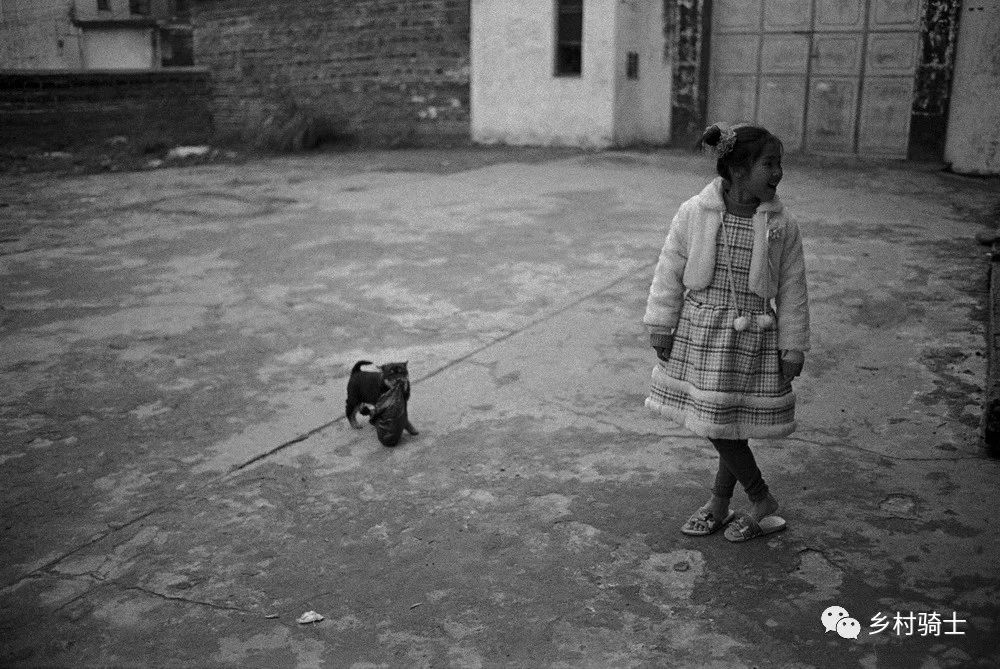
圖33 連平忠信 廣東 2007

圖34 連平元善 廣東 2005

圖35 紫金中壩 廣東 2006
不過我在廣東看到過他工作的樣子:專注、迅速、安靜。他脖子上掛著徠卡和哈蘇X-pan,時時努力去捕捉一個場面的精髓而不是事件的浮光掠影。在坐小船渡河的時候,有意思的是,所有坐船的人——其中有許多影友——看著船的一邊,而黃玉逵先生卻完全一個人在拍攝只對他有意義的東西。
現實所呈現出來的東西比現實本身更吸引他。因此他能在一個表面上無趣的場景里看到拍攝有趣照片的機會。現在我眼前有相當多他的攝影作品,我敢說我馬上能從這些作品中看到他的品質。他始終保持著距離,不是因為他沒有融入場景,而是因為他知道,小聲說話更容易讓人聽見。在適當的距離可以更好抓住場面的核心。同時他對別人的尊重令他可以靠近別人,卻又不干擾別人正在做的事情。被攝者已經覺察到他——他的體格即使按照西方標準都算得上高大,但是他內在的安靜卻讓別人繼續做自己的事情。
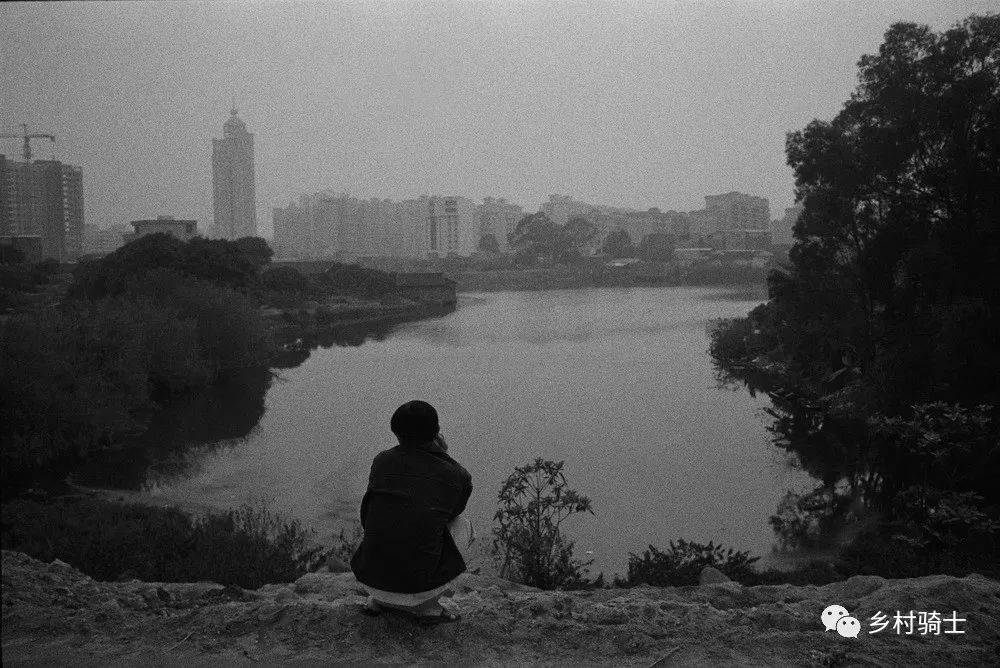
圖37 河源 廣東 2008
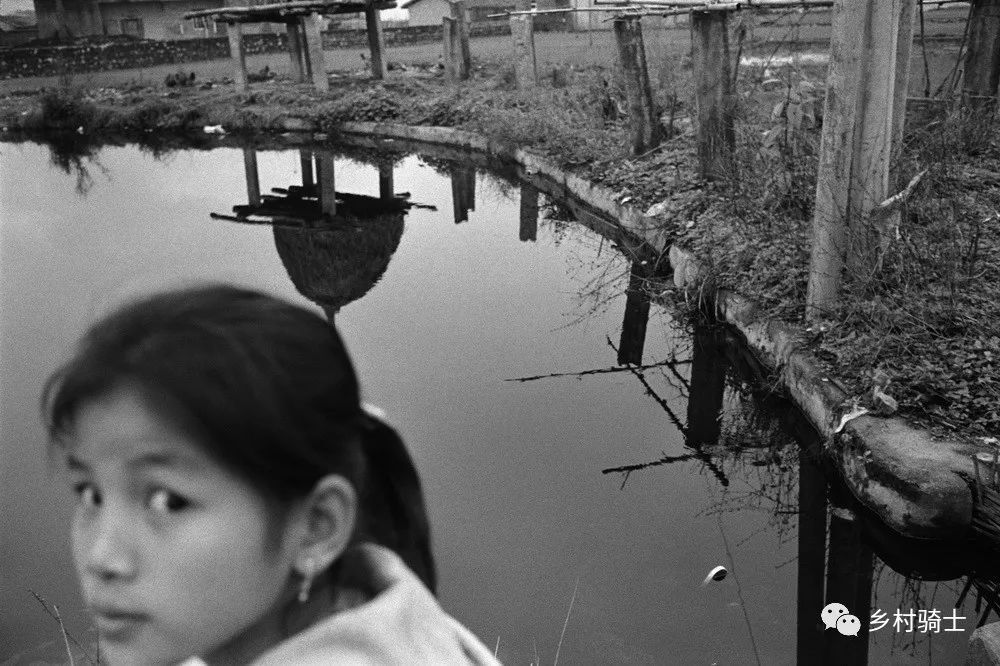
圖38 紫金柏埔 廣東 2006
我覺得,攝影師希望不被人看見,這從一開始就是個誤區。對我來說,讓被攝者看見并且接受更加重要,哪怕他們會表現得刻意。攝影師的態度應該建立起他對被攝者的信任。驗證此事的最好方法就是看小孩和狗的態度。對,狗也在內。因為小孩和狗在被教化之前只是依靠直覺。他們的反應是攝影師的一面鏡子。圖32就是很好的說明。孩子們已經看到了攝影師,但還是沉浸在自己的世界里。他們的面部帶有點緊張和疑問。照片的中央沒有內容,所有張力都在側邊,在右邊的這只手才是照片的真正中心。它自身就可以構成一幅畫面。圖33是另一個例子,里面的的孩子和狗發揮了完美的作用。院子里的碩大空間因為攝影師和主體之間的距離顯得如同一個舞臺。小女孩和小狗都很可愛,但觀眾的注意力卻被小女孩交叉的雙腿所吸引,這一元素頓時賦予了照片超現實色彩。圖34既驚人又動人:老人身在屋里,手卻在撫摸屋外的狗,狗用后腿站立,像個小孩。在黃玉逵先生的照片(是否在中國拍攝?)里,就連馬也用帶子拴起來變成了狗(圖35)。動物的四條腿和金屬結構之間組成一個極好的構圖范例,這將我們帶到了黃玉逵攝影的另一個重點:他的構圖感。構思與構圖可以理論地去學習,但是要表現它們則需要通過紀實攝影,這意味著,一旦在某一場景的現場,攝影師必須使自己有一種平衡的觀念,只有建立了這種觀念才不會令到攝影的構思變成單純的學院理論截面的反映,而是一個所有事物都在其恰當位置而無需明白其所以然的場景。要達到這一境界需要個人的修養以及十分明確自己的拍攝主題。我們可以確定地說,黃玉逵先生深諳攝影大師們的風格,不僅如此,他亦深諳只用最少工具作圖的古典油畫大師們的風格。
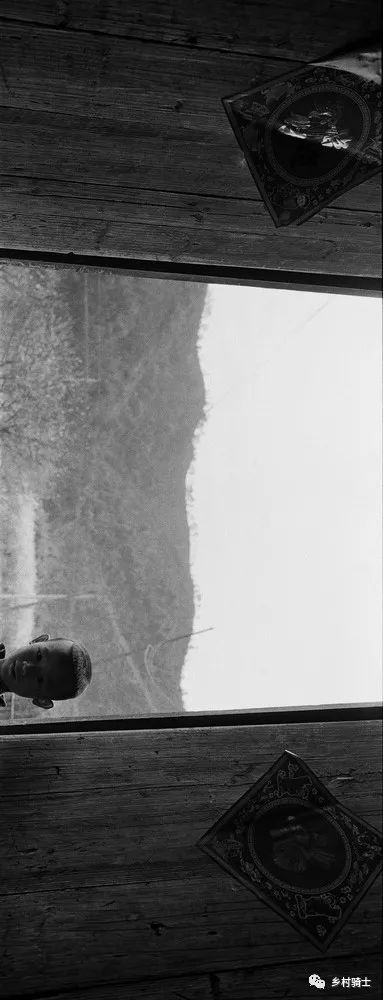
圖39 紫金 廣東 2005
圖37展示了攝影者豐富的知識背景,這種背景令他有足夠余地去表達一種充滿詩意和質疑的態度。照片背景中的城市也可看作對前景中蹲著的人思想深處的威脅。人和平靜的湖水意味著過去,而背景中的城市則是對我們未來的質疑。和諧感在肖像照中尤其明顯,自然元素總是在這里作為背景出現,同時也是令構圖變得緊湊的技術手段。圖38是其中一張,攝影者本可以對焦在實際的氛圍而不是倒映的構筑物上。相反,正是少女臉上的清純照亮了照片的其余部分。把她放在畫面的左下角,可以空出余地去表現池塘邊緣肉欲的弧線,從而營造出包括屋頂剪影(中國南方鄉村中的稻草棚――譯者注)在內的不同元素之間的和諧。另一張同類的照片是圖39,雖然主體非常不同。男孩頭部打破了本來完全對稱構圖的單調。這張照片再一次證明,我們所面對的這位攝影者只展示他覺得帶有某種含義、結構和感覺的照片。

圖40 連平 廣東 2005

圖41 連平忠信 廣東 2005
陀思妥耶夫斯基對所有角色都進行了正面描寫。不鄙視,沒有膚淺的評判。我們可以說黃玉逵先生以一種寬宏和同情的方式去看待照片里的人物。這種同情在有力的畫面里沒有變成一種感傷。即使是身穿條紋服的囚犯(圖40),其臉上的表情也暗示著觀眾:在作為囚犯之前,他們首先是人。黃玉逵先生從來不把人當作一種技術手段來慰籍藝術上純精神需求。他關注的不止是人,還有攝影,所以他必須要找到兩者之間融合和互相促進的恰當平衡點。
他的大部分照片都涉及到人,雖然其中一些沒有任何人物出現,但并不顯得空白。圖41看起來像三種不同元素的拼接。對我而言這是其中最有詩意的一張照片,這張杰作講述了一個人內心的個性,因為它反映了攝影者的靈魂。從圖面上它看起來像三張照片拼在一起,很多人可能會對此視若不見地從旁邊經過。這正是“文學式攝影”的開始:攝影者將沒有明顯特點的場景變成一張杰作。圖42里激動人心的風光是黃玉逵先生作品的一次轉向。它運用了風光攝影的傳統角度拍攝典型的中國風景,但是奇特的用光令其再次成為攝影者內心感受的一面鏡子:憂郁和美好。
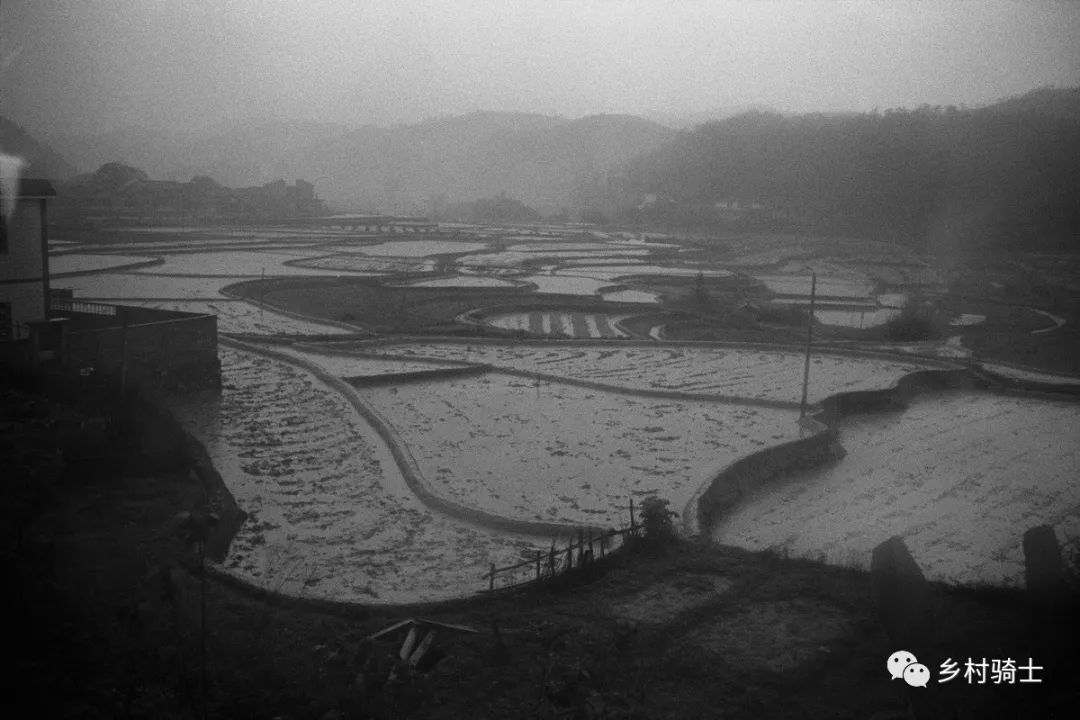
圖42 和平 廣東 2006
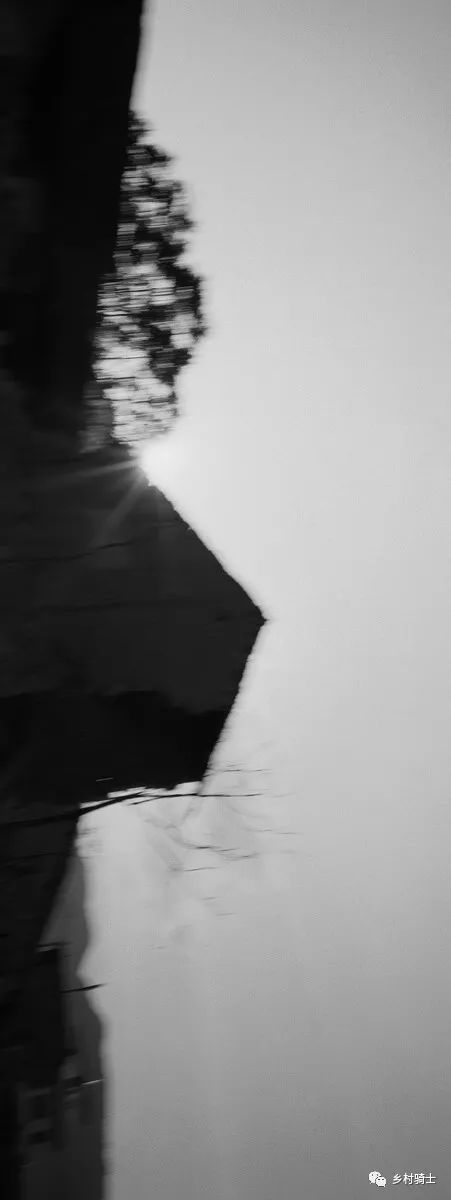
圖43 連平忠信 廣東 2005

圖44 和平熱水 廣東 2006

圖45 秦皇島 河北 2008

圖46 東源曾田 廣東 2008
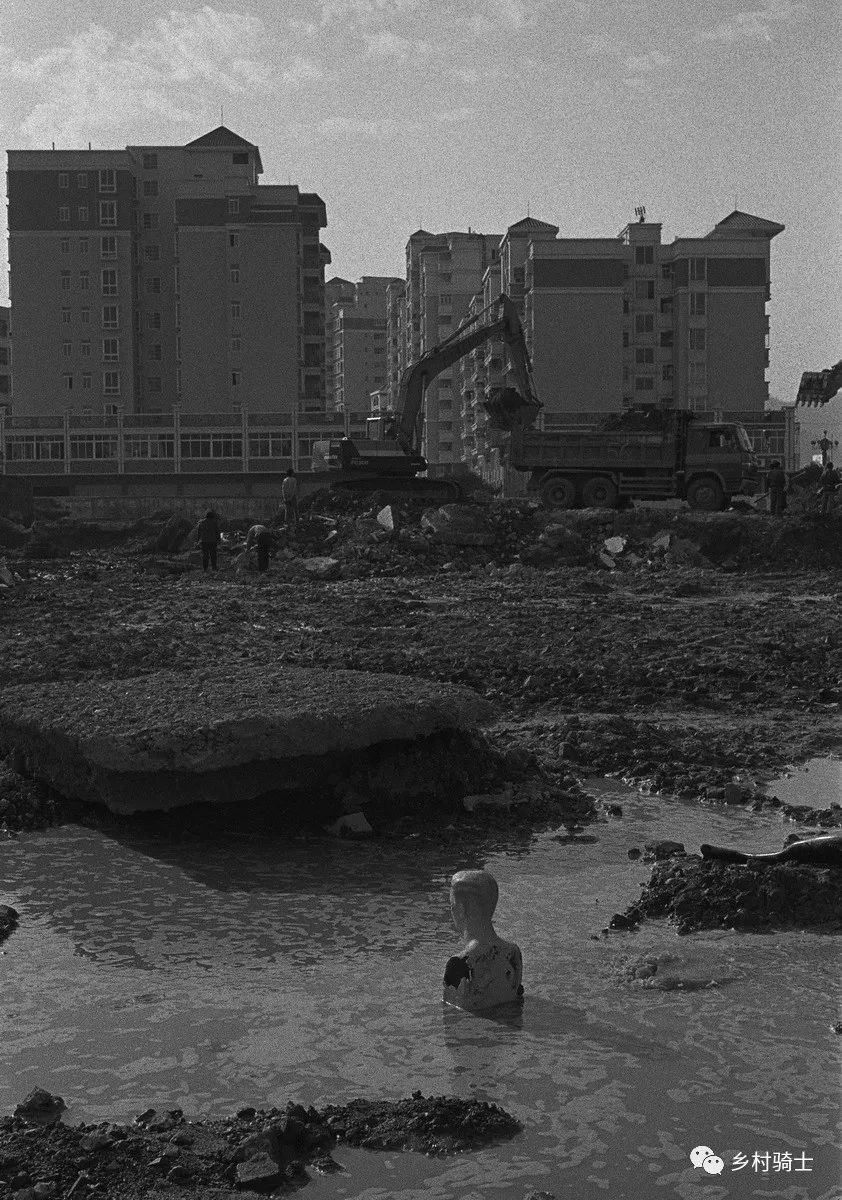
圖47 河源 廣東 2006
我最后才提及這張轉向性的照片,是因為這類照片將對攝影的質疑推到了最大程度。意圖已經不能再被描述、游說或者證明。意圖從觀眾角度激發出強烈感受。圖43、44、45、16和圖47觸及了觀眾的靈魂。這些照片在未經訓練的眼睛里差不多可以看作是敗筆。然而它們卻展示了黃玉逵先生良好的現代攝影意識,他感覺在這個領域里可以找到空間去表達他寬大、詩意、勇敢和野性的一面。
2008年秋于巴黎
本文系作者為《大地之客》所寫的序言
作者為當代法國著名攝影藝術家
原文為英文, 中文翻譯:黃云濤
圖片選自《大地之客》
Time past and time present
Mr.HUANG’s humanity
Klavdij Sluban
Show me your photos and I will tell you who you are.
With Mr. Huang, it was the opposite. I first met the man.Seeing the way he was thinking long before talking, then expressing histhoughts in a concise yet concentrated way gave to the listener material tothink on for a long time. His words have a meaning and the meaning comesfrom a personal and deep conviction.
We first met on the occasion of my exhibition at the Guandong Art Museum in 2006. Then Mr.Huanginvited me to his homeplace where we made a series of photos together. Thehospitality and the warmth of the welcoming was such that we promised to meetagain. It happened the next year in Paris, asMr.Huang and his two sons were visiting Europe.I do not know if French hospitality can compete with Guandong famous kindnessof its people but what I can say for sure, we spent a wonderful time the fiveof us, Diana Lui joining us in our mid summer visiting of Paris without its usual traffic and Parisiansin a hurry.
It was only on this occasion that Mr.Huang showed me someof his photos for real. While I was his guest in Guandong, he did notwant to come up with his own work and give the impression of pushing himselfforward. This was so telling of Mr.Huang’s attitude of respect and discretion.
But in Guandong I had seen him at work. Concentrated,quick, silent. His Leica and his panoramic Hasselblad around his neck, onceagain he was more concentrated on trying to catch the essence of a situationrather than the anecdotic aspect of the event. While crossing a river on alittle boat, it was interesting to see all the passengers, among them manyphotographers, looking on one side of the boat, while Mr.Huang was totallyalone, photographing something that made sense only for him.
He was attracted to the representation of reality morethan to reality itself. For this reason he could see in an apparentlynon-interesting event the possibility of an interesting photo.
Now that I have quite a few photos of his under my eyes,I can tell I recognize immediately the qualities of the man in his work. A manwho remains at a distance not because he is not involved but because he knowsthat to be heard it is more efficient to speak low. To catch the core of asituation, the appropriate distance gives the tone. Yet his respect to peopleallows him to approach them without disturbing the course of their work. Theyhave noticed him, how not to notice a man who is considered as tall even forWestern standards, but his inner quietness allows people to keep on thoughaware of this foreign presence.
I think the photographer who whishes to be invisiblemakes a wrong starting point. To me it is much more important to be visible butacknowledged by the people photographed as an outside presence who iswell-intended. The photographer’s attitude should create this confidence in thepeople they photograph. The best way to check it is to analyze children’s anddogs’ attitude. Yes, dogs’ too. Because children and dogs are intuitivebefore being civilized. Their reaction functions as a mirror of thephotographer. Photo F.32 is so telling. Children have noticed the photographerbut they remain in their children’s world. Their faces are tight andquestioning. The centre of the photo is empty but all the tension is on theside. This hand on the right is the real centre of the photo. It could havebeen a picture in itself. F33 is another example where both child and dogplay their role to perfection. The huge space of the courtyard is used like astage thanks to the distance the photographer keeps with his subject; both thelittle girl and the little dog are cute, but thanks to the composition thespectator is drawn to the little girl’s crossed legs that suddenly appear likea surreal element. F34 is as touching as surprising: the hand of the oldperson already in the house is caressing the dog outside, standing on hindlegs, like a child. Even horses are turned in dogs in Mr.Huang’s photos (or isit in China ?)by the way they are put on a leash (photo F35. thestunning example of composition between the animal four legs and the metallicstructure brings us to the other main point in Mr.Huang’s photography: hissense of composition.
Structure and composition can be learnt theoretically butto express them throughout documentary photography, that is to say on the spotof an action, one has to have oneself this notion of balance that will givestructure not an academic profile but a sense of ‘everything at its right placewithout knowing why’. This requires personal training as well as aperfect knowledge of one’s subject. We can definitely tell Mr.Huang knows hismasters in photography but also much more than that: classical painting whereall must be said the minimum of devices.
Photo 37 is a perfect illustration of thephotographer’s rich intellectual background that gives space to express anattitude full of poetry and also questioning. This city in the background couldalso be considered as a threat to the deep thoughts of the person squatting inthe fore-ground. The person and the quietness of the lake are a reference tothe past, the city in the background is a questioning of our future. This senseof harmony is particularly present in portraits that are always consideredwithin their natural surrounding integrated as part of a technical deviceto reinforce the tightness of the inner composition. F38. is one of thephotos where the photographer could have focused on the actual atmosphere ofthe rather run-down architecture. Instead, it is the purity of the young lady’sface that enlightens the rest of the photo. Framing her in the left cornerbelow, it gives space to develop the sensual curve of the rim of the pond andcreate thus a harmony between the various elements, reflection in the stillwater of the hatched roof included. The other picture of the same kind thoughvery different by its subject is F39. A perfectly symmetrical compositionof the elements with the boy’s head to break the monotony of a too expectedcomposition if he had been in the centre. Once again, this photo is the veryproof that we are dealing with a photographer who shows only the photos heknows they are carrying a meaning, a structure and a feeling.
All of Dostoyevsky’s characters are depicted in apositive way. No meanness. No superficial judgment. We can say all ofMr.Huang’s people in his photos are seen with a generous and humanapproach. This humanity never turns into pathos because it is given a solidframe. Even the prisoner imprisoned among thousands of stripes and backs has alook that has the effect of a reminder on the spectator: before being prisonersthese people are human. Mr.Huang never uses people as technical devices tocomfort a purely mental approach to his art. Human being is his main concernbut photography is his main concern as well. Therefore he must find the rightbalance where they both meet and enhance each other.
Most of Mr.Huang’s photos deal with human beings though afew are without anybody but not empty. F41. looks like a collage of threedifferent elements. To me one of the most poetic of his photos, this is thekind of masterpiece that speaks of a man’s inner personality. Because this isthe projection of the photographer’s soul. Graphically it seems there are threephotos put together. Many people would walk by without noticing anything. Thisis where “author photography” starts: the photographer turns an anonymous eventinto a masterpiece. The breathtaking landscape F42 is the transitional photoin Mr.Huang’s body of work. It feeds on all the traditional approach oflandscape portraying as well as of the typically Chinese scenery, but thepeculiar light makes it once again a mirror of the photographer’s innerfeeling. Melancholy and beauty.
Transition to the series of photos I keep for the endbecause they are those that push the questioning on photography to the furthestlevel. The purpose is no longer to depict, to convince or to prove. The purposeis to arise a strong feeling in the spectator’s approach. Photos F43,F44, F45, F46 and F47 reach the spectator’s soul. They are photosthat could have been considered almost as failures by the untrained eye. Yetthey show that Mr.Huang is perfectly aware of modern photography and feels itis a domain where there is room to express his generosity, his poetry as wellas his daring and wild part of himself.
Paris, autumn 2008
Klavdij Sluban is a contemporary
famous Frenchphotographer and artist .
2023-11-10 16:48:11
評論集
暫無評論。
稱謂:
内容:
返回列表

